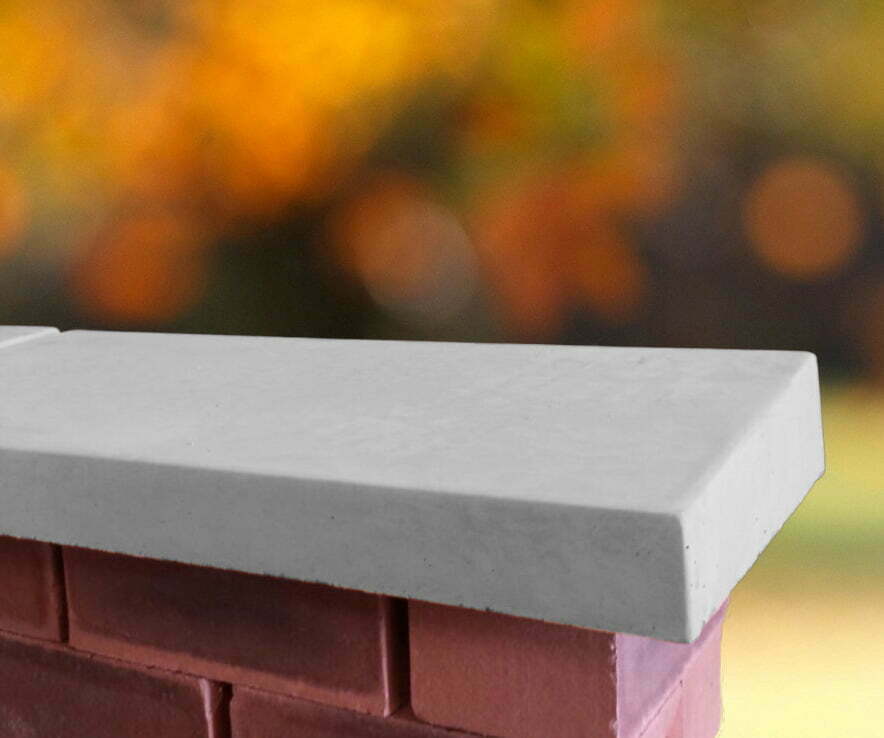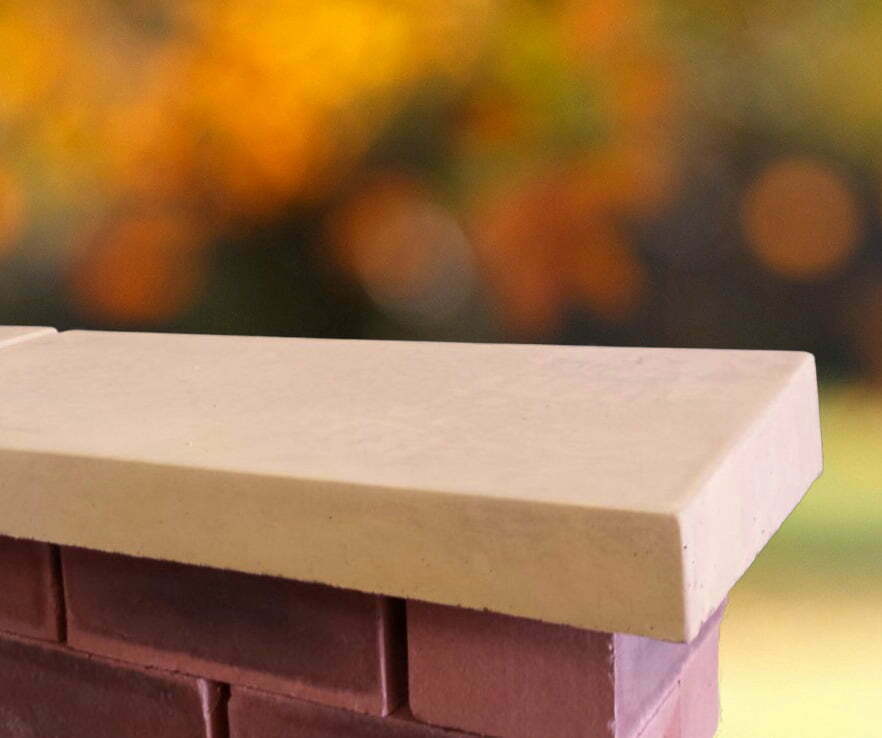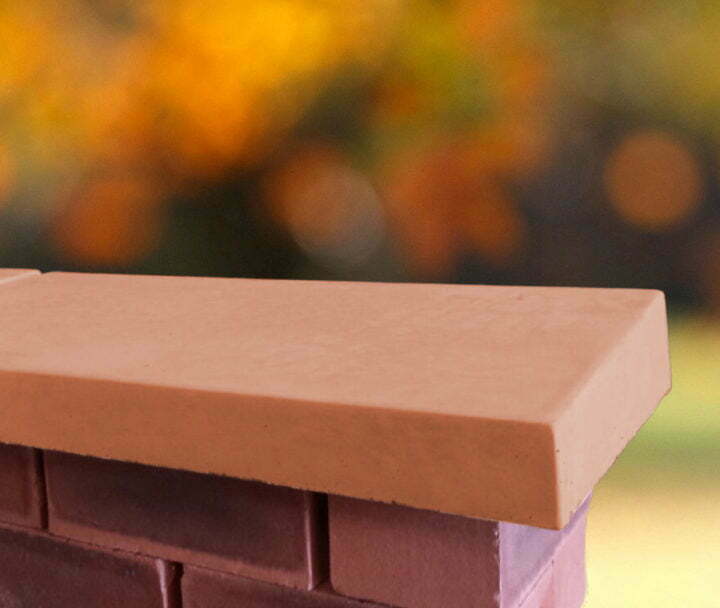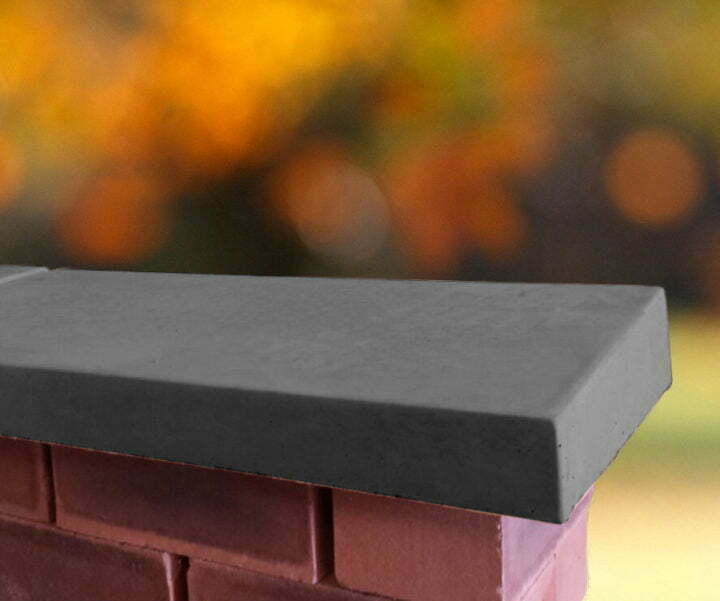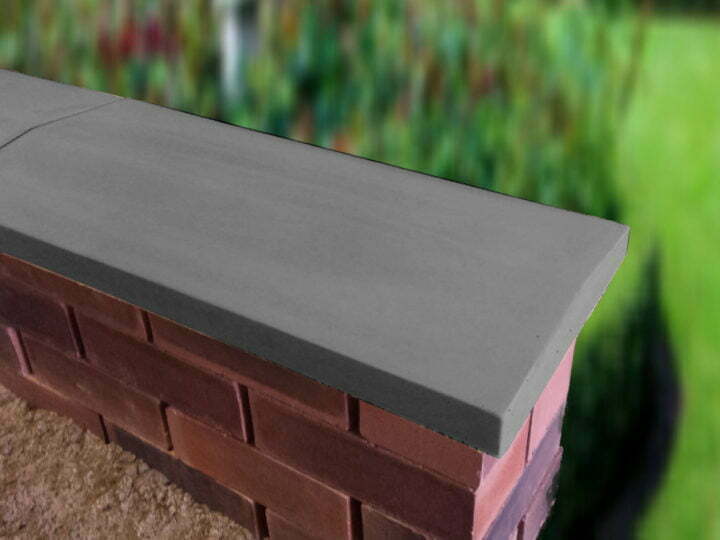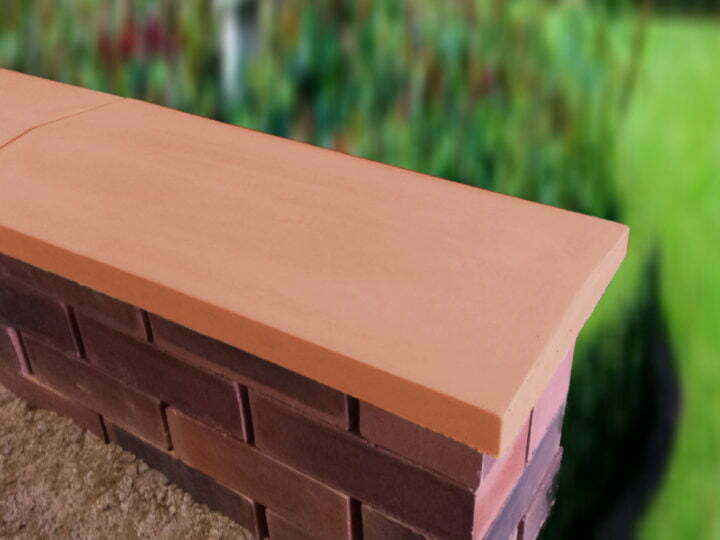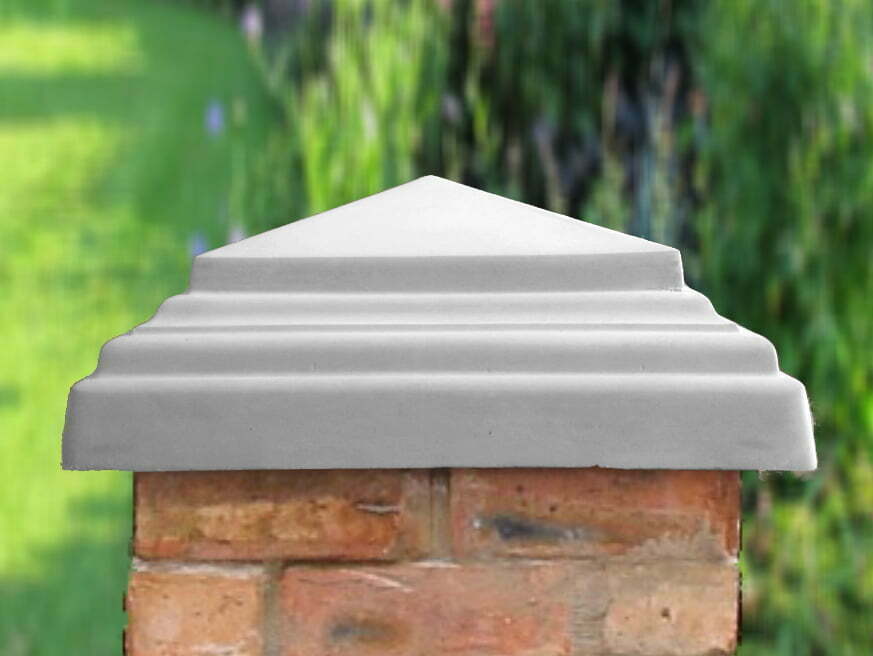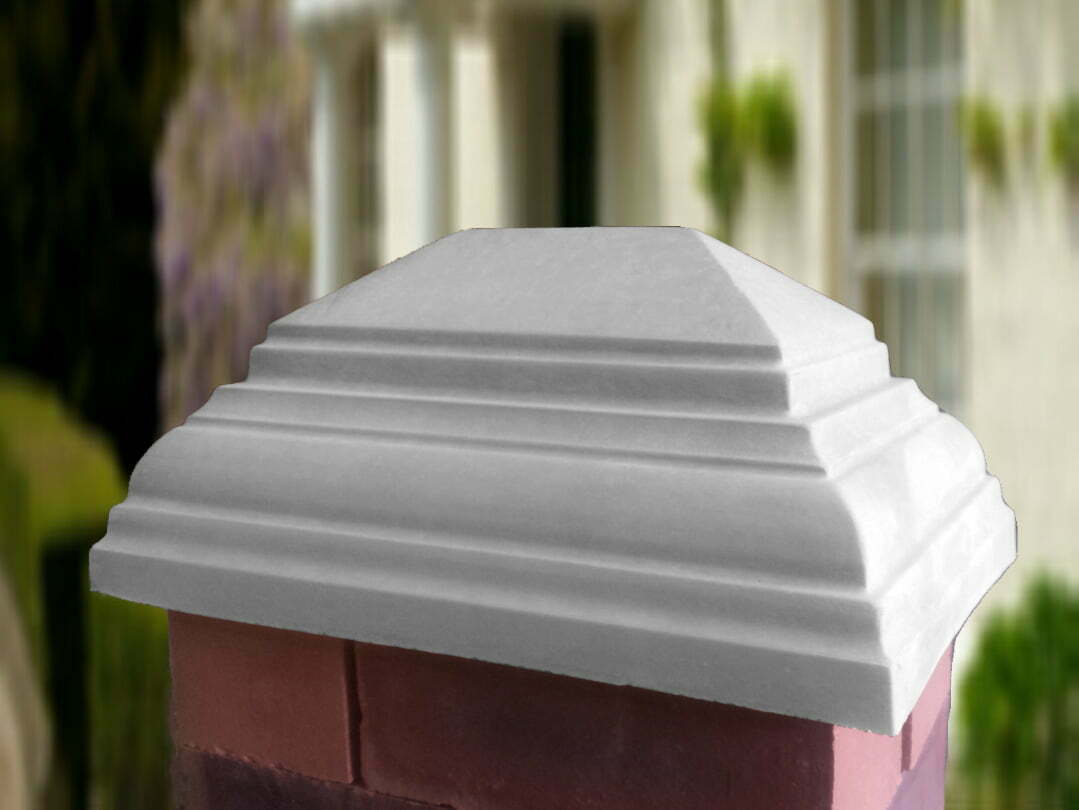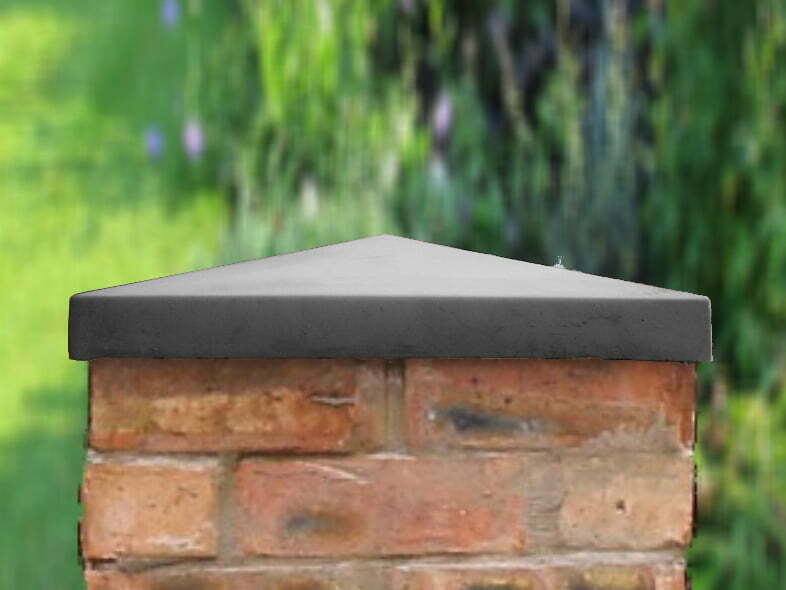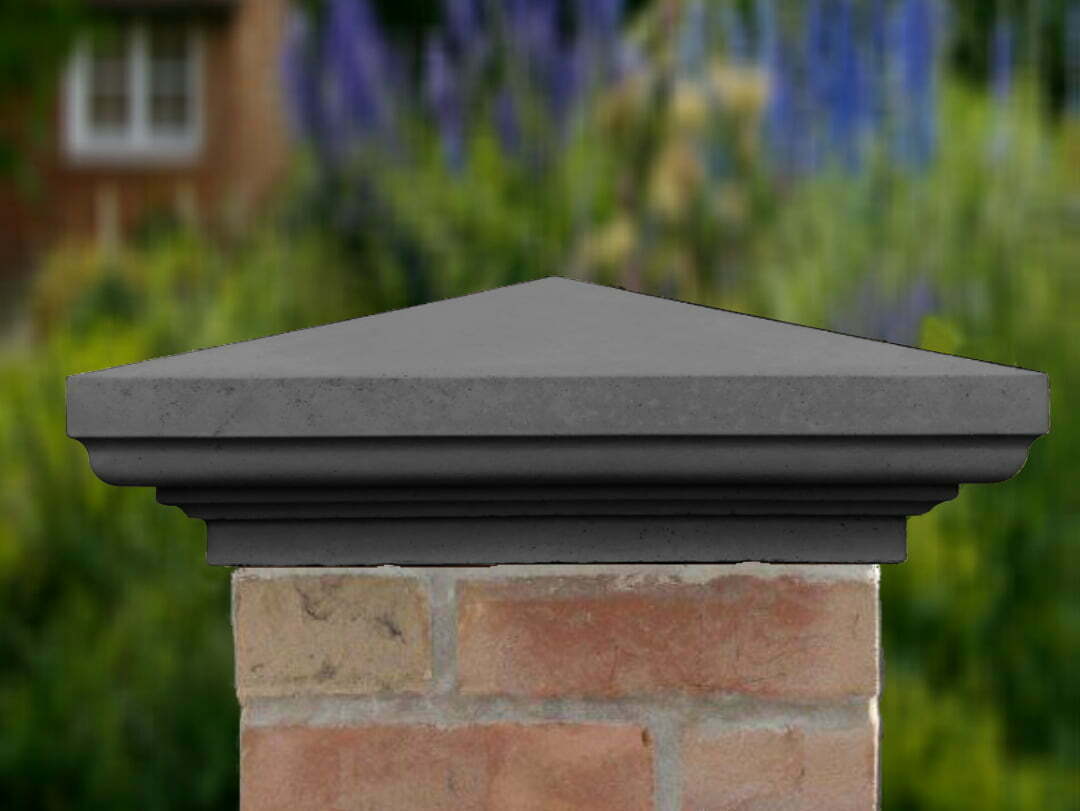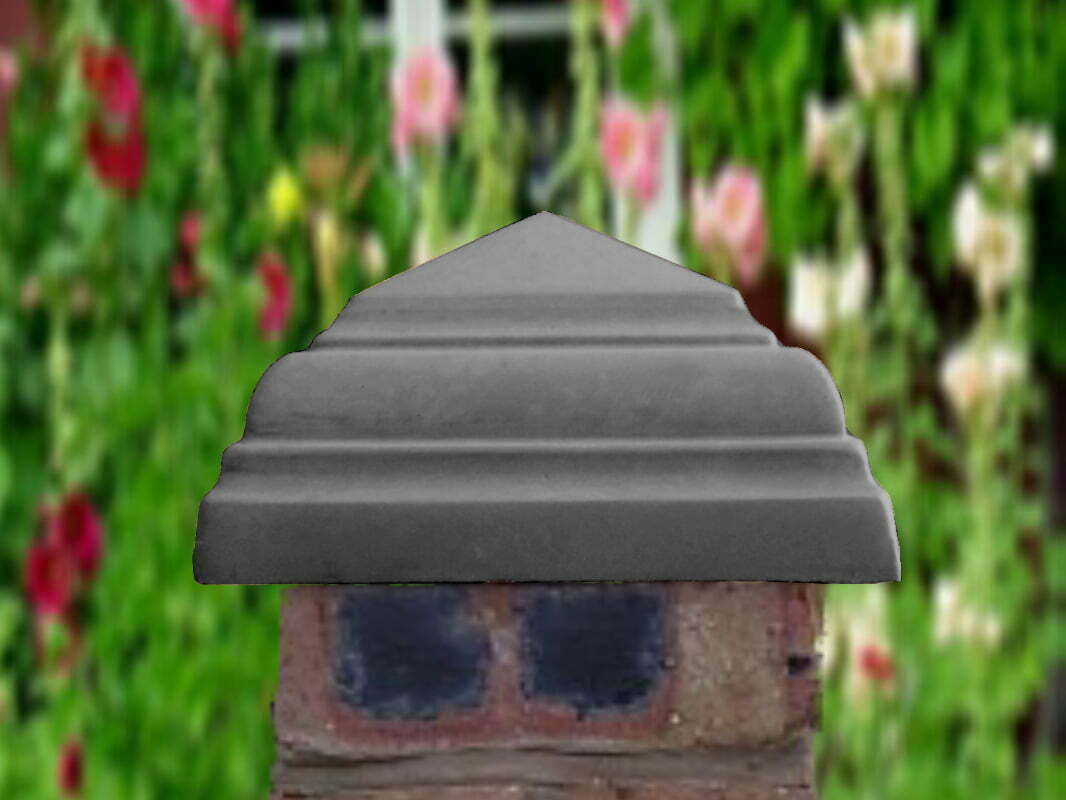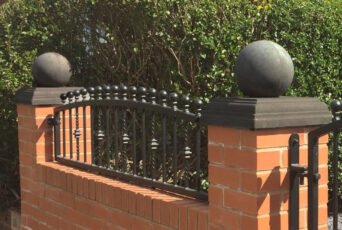Contact us on 0191 217 0002 today to discuss your project requirements. We are always happy to help.
Protecting Your Brickwork
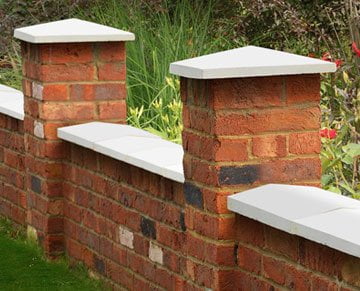
Rain can do much more than dampen your spirits. It can also damage your brickwork. So how can you protect your home?
We’ll copings have been used for hundreds of years to direct water off walls, structures and roofs. Through the years copings have been made of a range of materials, with of stone (a capstone), brick, tile, slate, metal, wood or thatch. The principle is simple but effective, direct the water away from the surface to prevent the wall getting soaked and absorbing a lot of moisture. Rain penetration through masonry is known as penetrating damp and is a common problem in all buildings. Brickwork wicks water into itself because it is porous. The mortar in the joints between bricks is also like a sponge and soaks up water on its surface. If left unchecked, unprotected brickwork will deteriorate and lose its ability to keep out frost, rain and snow. Once this occurs, any manner of accelerated decay and its by-products can occur.
The cost to repair or reverse the damage to brickwork can be significant. As well, the safety of a structure can be greatly reduced when its brickwork has been weakened by the weather. You really want to avoid it getting to this stage at all costs and prevent any damage from happening. Precast concrete wall caps provide a brilliant barrier from the weather and direct water away from the structure. Pillar caps (also known as Pier Caps) do the same job for your pillars, piers and gate posts.
Protecting your Brickwork
Coping Stones can be placed on the tops of free standing walls to protect them. Wall copings and caps are essential, practical and ensure your garden wall has an attractive finish while carrying out the important job of preventing dripping rainwater off the surface of your wall.Controlling the direction of flow of the water is important. Our Once Weathered Coping Stones range is ideal to cap off your wall and protect the structure from water damage. These copings provide the perfect finishing touch to your garden wall and are perfect to control the direction of which the rain water will run off. The term “Once Weathered” means these copings slope only one way allowing the majority of rainwater to flow mainly off one side of the Coping Stones. A drip channel can be placed under one side of these Once Weathered Coping Stones to ensure rain water will not run down the face of your wall. This helps direct the water to ensure rain water will not run down the face of your wall.
- 12″ Once Weathered Coping Stones in Grey
- 12″ Once Weathered Coping Stones in Sandstone
- 12″ Once Weathered Coping Stones in Terracotta
- 12″ Once Weathered Coping Stones in Charcoal
Our Twice Weathered Apex Coping Stones direct the water both ways away from the wall. The term “Twice Weathered” refers to the fact that the copings slope both ways allowing the rain water to run off either side, similar to a pitched roof on a house.
- 11″ Twice Weathered Coping Stones in Sandstone
- 11″ Twice Weathered Coping Stones in Grey
- 11″ Twice Weathered Coping Stones in Charcoal
- 11″ Twice Weathered Coping Stones in Terracotta
- Stepped Pier Cap in Grey
- Stepped Pier Cap in Terracotta
- Add on a Stepped Flat Pier Caps Sphere
- Stepped Pier Cap in Grey
- Traditional Pier Cap in Grey
- 18″ Traditional Pier Cap in Charcoal
- 20″ Traditional Pier Cap in Sandstone
- Heritage Pier Cap in Charcoal
- Heritage Pier Cap in Grey
- Stepped Peak Pier Cap in Charcoal
Coping Stones and Pillar Caps provide a cost effective, safe and practical preventative barrier to protect your brickwork, while improving the aesthetics of your structure at the same time.
Other Factors That Can Expose Your Brickwork to the Weather
Brickwork can crack and bulge as the result of spreading tree roots, which can leave it vulnerable to inclement weather. Weakening of brickwork can also occur when internal load-bearing walls are removed. Even the timber lintels that exist over doors and windows that have been allowed to rot can weaken brickwork.
In addition, brickwork can sustain damage from moisture that is drawn upwards from the ground. Known as rising damp, this condition can affect bricks as well as sandstone and mortar. It is also a slow process, with the possibility of unnoticeable damage occurring over several years before it’s detected.
Understanding the signs of brickwork damage due to weather can prevent costly repairs down the road.
What Continuous Exposure to Weather can do to your Brickwork?
Brick that is allowed to be constantly saturated by water can first result in the serious and rapid decay of the mortar joints and the bricks themselves if left for long enough. Brick faces can crack and ultimately crumble as the result of frost. This is most common on chimney stacks and parapets, or anywhere that cement mortar has been used instead of the lime-based variety.
Brickwork that’s become damaged by the weather can undergo the rendering process, which replaces the coating on the face of the wall. Another solution is to replace damaged bricks with new ones.
Both can be costly and we advice prevention first, using wall capping products such as Coping Stones and Pillar Caps first.
Thinking about getting copings or pier caps to protect your masonry? Give us a ring on 0191 217 0002, we’d love to hear from you and one of our experts will be at hand to help with any of your questions. You can also view our full range of products here.
Bespoke
Manufacturing
We can often manufacture Pier Caps and Coping Stones to match your exact specification using our specialist mould making techniques. Contact us today to discuss your project requirements.
Contact Us
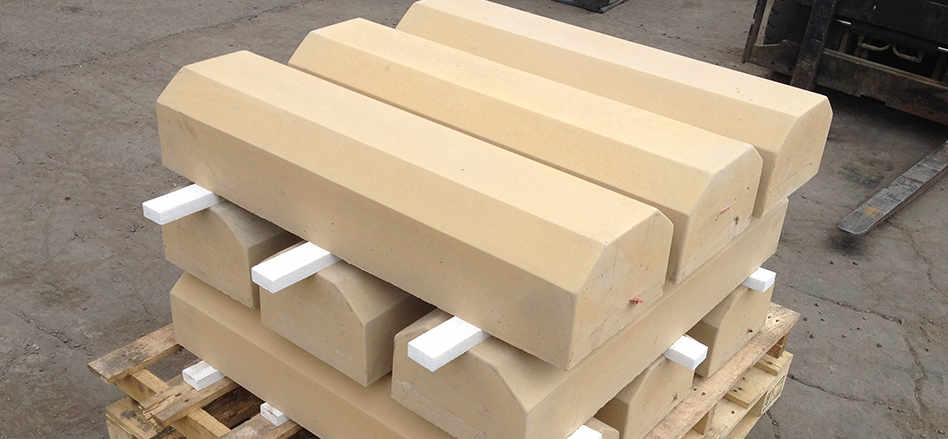
Latest News
Keep up to date with all our latest products and masonry advice
Newsletter Sign Up





